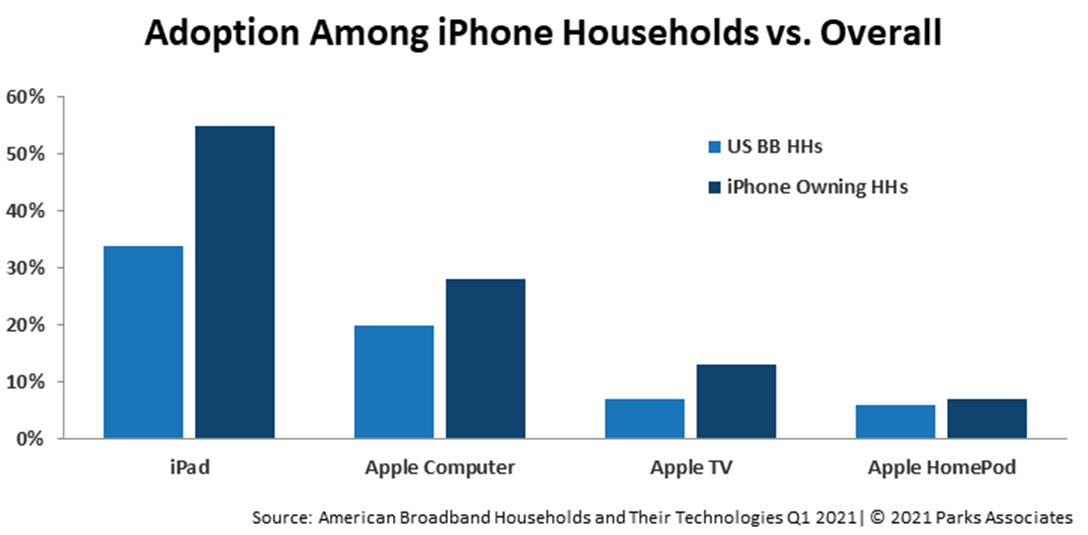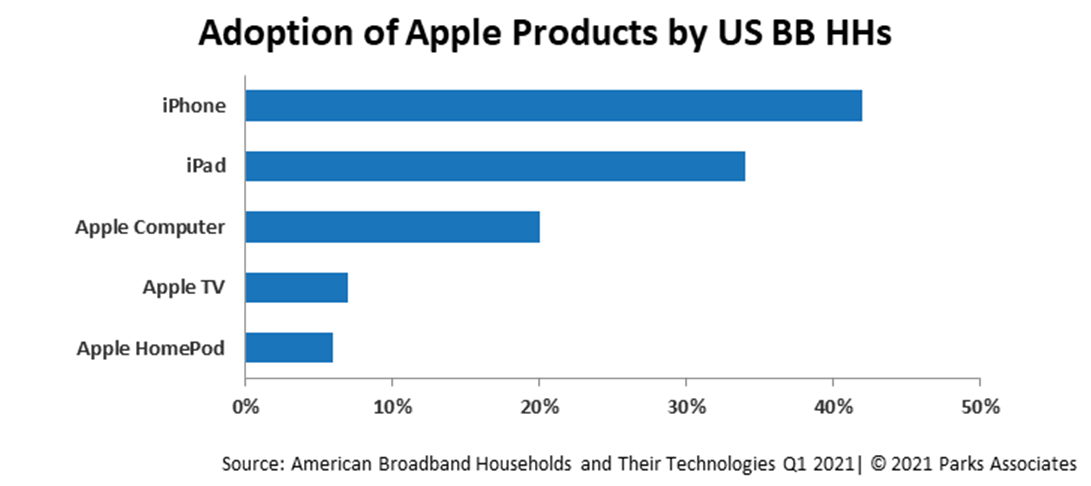Earlier in the year, the original iPhone celebrated its 14th anniversary. Steve Jobs, Apple’s then CEO, took the stage at Macworld and amazed the globe with a product that literally changed how we communicate, work, and enjoy video and music content. One could also argue that the iPhone (and the smartphone category in general) ultimately enabled social media apps to ascend to the level of popularity they currently enjoy. In short, it’s evolved into a device that few people today could live without throughout the day.
If we flashback to 2007, recall that the original iPhone was actually three different products rolled into one: a touch controls-based iPod, a mobile phone and was essentially a wireless Internet communications solution. Those fundamental elements haven’t changed since 2007, but the modern iPhone is much more than that.
Apple has sold well over 2.2 billion iPhones since 2007 and has released an astounding 29 models of the iPhone since its original release. A release of a new “next-generation” iPhone typically is announced by Apple in September, and it’s one of the few technology events that the world pauses on to see what new levels of innovation (and style) the Cupertino-based company has up its sleeve.
Parks Research has long covered the iPhone and has done extensive research on why the iPhone continues to appeal to hundreds of millions of consumers. The Apple iPhone brand has historic brand loyalty and repeat purchase rates with consumers that most competitors in any consumer product technology category would dream of having.
Just how long are Apple’s coattails from a multi-Apple device presence in the home standpoint? Parks Research data demonstrates the robustness of Apple’s hardware ecosystem in households with an iPhone:

As of Q1 2021, 34% of all US broadband households owned an iPad, which increases to an astounding 55% among iPhone owners. Apple Mac devices and Apple TVs enjoy similar bumps within the iPhone user base, with 28% of iPhone users using a Mac and 13% using an Apple TV. Even HomePod, arguably the least successful Apple product, gets a small bump among its loyal base.
Zooming out to an overall U.S. broadband household look at the market, this chart underscores Apple’s strength in tablet (35% of the overall market), Apple Mac devices (21% of the market), and Apple TV (17% of the market). Even HomePod, arguably the least successful Apple product beyond the iPhone, iPad, and Mac franchises, captured 6% of the speaker market.

Are you interested in more exciting and compelling insights into the consumer tech market? Sign up for updates via this link and watch or listen to the SmartTechCheck podcast by Parks Associates on YouTube and Apple Podcasts.



